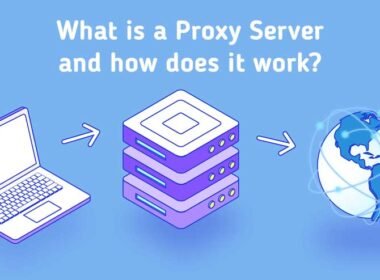Imagine you’re managing a construction site, a fleet of delivery trucks, or even a large farm. Your team is on the clock, and your equipment is running. Every delay or interruption costs you money, derailing your overall productivity.
Now imagine that one of your trucks or tractors gets low on fuel an hour into the shift. Instead of someone stopping what they’re doing to fill it up, introducing inefficiencies into the process, that machine just gets topped off with fuel right where it’s parked without moving an inch.
Fuel shouldn’t slow you down or add complexity to your business. When you own a company with its fleet or manage a transport operation where every vehicle minute counts, ensuring your vehicles remain fueled is vital to staying productive.
More businesses are switching to on-site fuel delivery as a smart, efficient solution, and it’s easy to see why. On-site fueling ensures fuel is delivered right to where it’s needed, exactly when needed – a convenient approach that saves companies money, time, and headaches.
Read this blog to learn how convenient on-site fueling services can benefit your business.
1. Fuel Comes to You: No More Disruptions
The most obvious benefit of on-site fueling is right in the name. Fuel comes directly to the equipment rather than traveling back and forth from a truck, fleet vehicle, or machine to a gas station or yard tank.
That could mean refueling an entire fleet overnight while parked in the yard. Or topping off heavy equipment during a lunch break at a job site. This eliminates wasted productivity and allows staff to get on with what they are paid for.
The machines start the day fueled up; no need to reschedule for whoever had to go and get fuel again in case the machines run out of fuel. Avoiding small disruptions for operations running on tight deadlines can make a big difference.
Besides, most on site fueling service providers typically have a variety of fuel types, including on-road diesel, off-road diesel, biofuels, and renewable diesel. This means companies can continue to fuel according to their machinery requirements without impacting operations.

2. Less Downtime and More Productivity
Downtime, as we all know, is lost money. But it’s not just the minutes spent refueling that count – it’s the context-switching, too. On-site fueling eliminates that obstacle.
At the end of each shift, vehicles and equipment are fueled often for the next day or during another period of inactivity so crews can begin their next shift immediately.
It also keeps tools and machines working longer, which is particularly important for projects located in remote areas or difficult-to-reach sites where available fuel is scarce. This reliability enables managers to schedule better and with confidence.
When you no longer have to worry about if or when fuel will arrive, you can commit your full attention to what fuels your business instead.
3. Easier Tracking and Better Fuel Control
With on-site fueling, one of the benefits few people think about is that you can track precisely how much fuel goes into each vehicle or machine. It adds a sense of organization to something typically spread across receipts, cards, and piles of handwritten logs.
Detailed usage reports also allow businesses to see where they may be wasting fuel. When tracking everything by asset, location, and time, errors or theft are hard to go unnoticed.
![]()
4. Cleaner and Safer Fueling Practices
Refueling with off-site fuel may be a common practice, but it also introduces risk. Accidents happen. Fuel is mishandled. And when workers are outside of the controlled environment, it becomes harder to follow safety protocols consistently.
On-site fueling eliminates that risk by having trained professionals manage the fuel at the job site where the work is being performed. The process is usually cleaner, safer, and more consistent than asking workers to do it independently.
Another benefit is environmental. Newer fuel alternatives like renewable diesel or biodiesel have lower emissions and a smaller carbon footprint. These options are not only good for the environment, but they can also help businesses meet sustainability-related regulations or contract requirements.
5. Flexible Enough to Match Your Operation
No two operations are the same. Some run in bursts, but others need fuel around the clock. On-site fueling is designed to be flexible. You can choose daily or weekly deliveries or schedule them as needed.
Sometimes, you’ll find a vendor that offers mobile tank setups or temporary tanks for larger projects.
That flexibility means you don’t have to build your schedule around fuel access. Instead, your fueling plan works around you. If your needs grow, it scales. If things slow down, you adjust. It’s a responsive setup, not a fixed system.
This is especially helpful for industries where locations change frequently, like construction, landscaping, or disaster response. Even when job sites move, fuel keeps flowing.

Final Thoughts
On-site fueling solves a simple problem: it brings fuel to where it’s needed so that companies can focus on what they’re in business to do. That translates into less downtime, tighter fuel inventory control, and safer operations.
The benefits are clear. Whether you’re reducing downtime, gaining better visibility into expenses, or ensuring your equipment is always ready to roll, those benefits accrue and make for more predictable, dependable, and profitable operations.
Fueling may not be the most exciting part of what you do, but it makes everything else easier. And so much the better for any business trying to get ahead.










